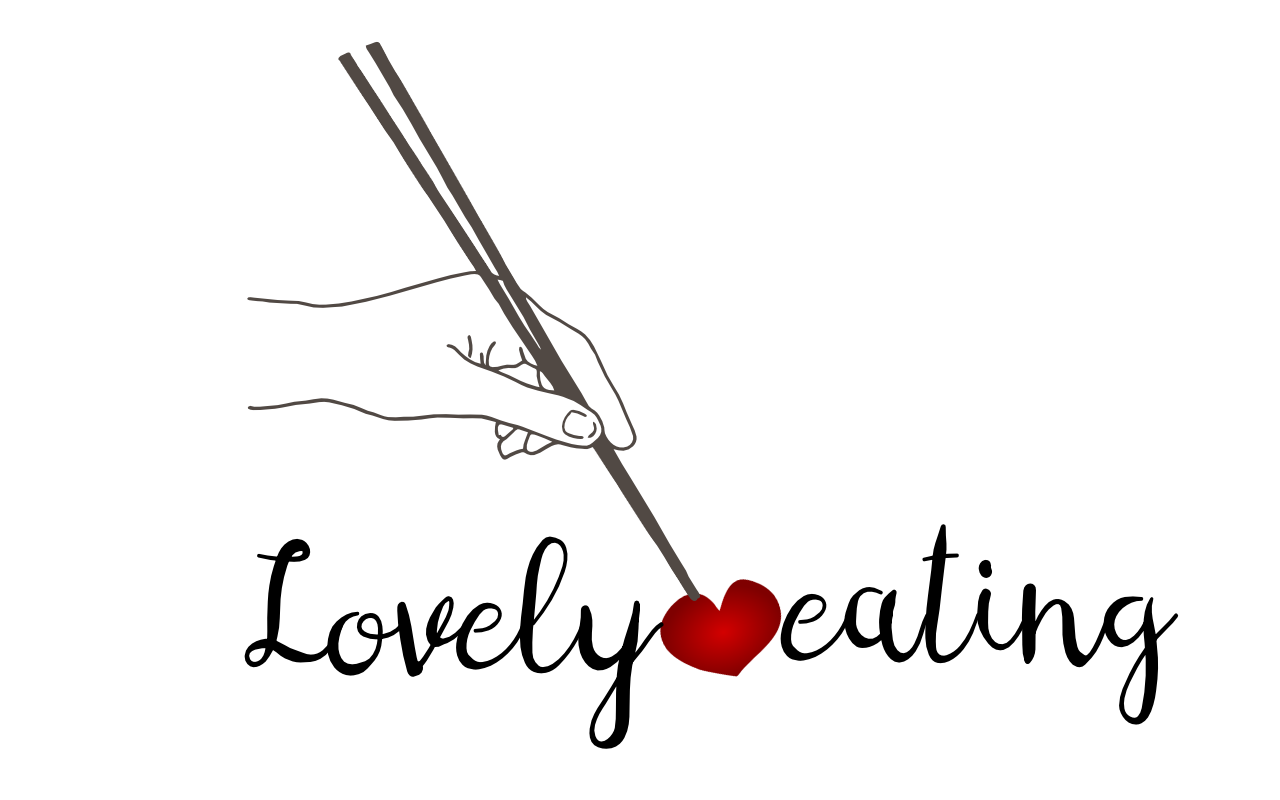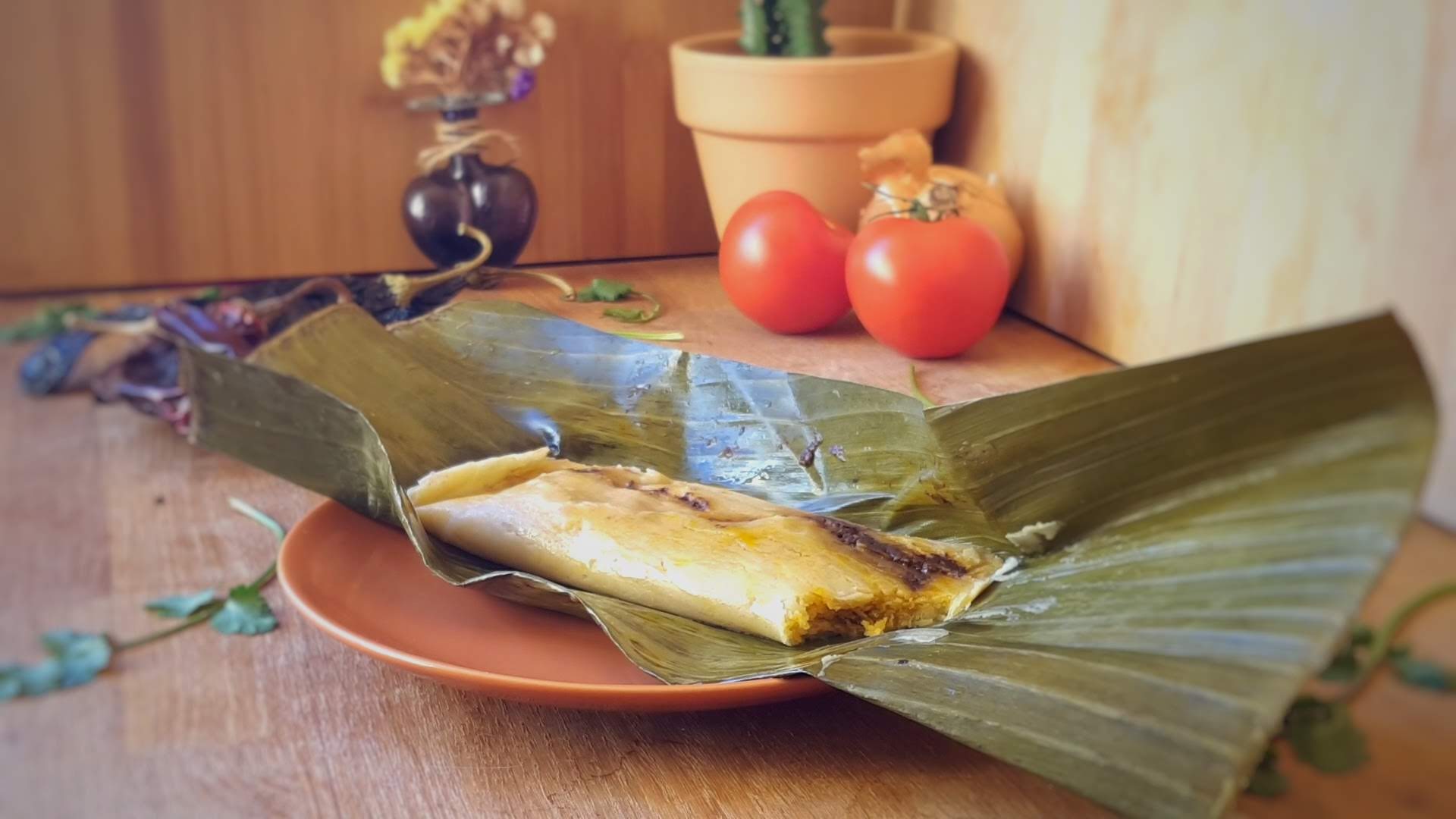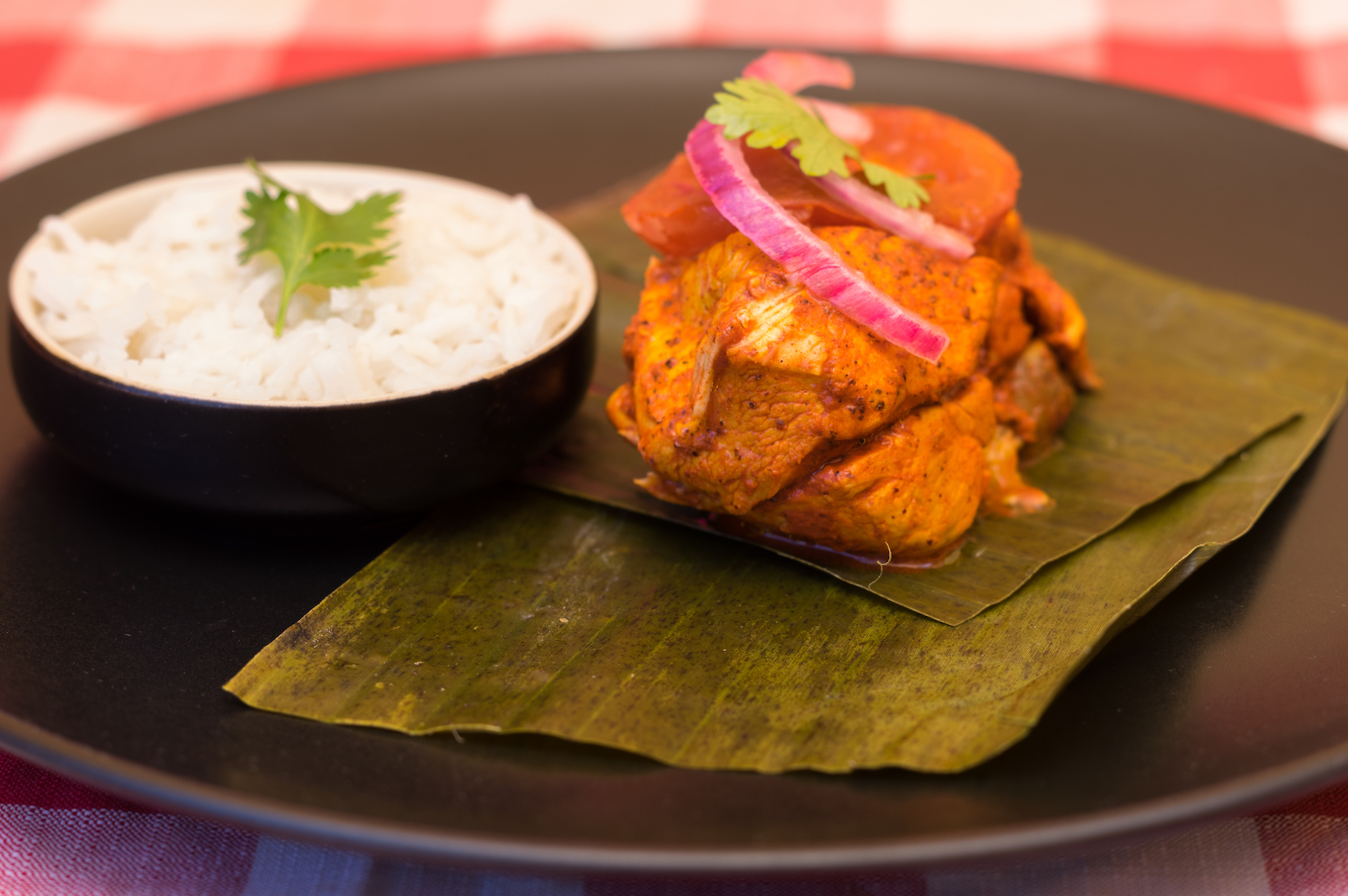Ingredients
1Approx. 15 tamales.
For the filling:
-750 grams of chopped chicken
-Mole
-Vegetables for broth
-Water
For the tamales:
-1 kilo of corn flour (preferably nixtamalised)
-250 grams of lard
-1 tablespoon of salt
-1 pinch of baking soda (optional)
-250 ml of the broth we prepare with the chicken and vegetables.
-100 ml of infused cumin
- Banana leaves
Preparation
1- In a pot, boil the chicken with the vegetables, cook it for at least one hour so that the broth is very flavourful.
2- When ready, separate the chicken and let it cool down.
3- In a large bowl place the flour, salt, baking soda and add the liquid lard and infused cumin.
4- Gradually add the broth until you get a malleable consistency, wet but not sticking to your hands.
5- Shred the chicken and heat the mole.
6- It’s time to assemble, prepare the banana leaves in slices of about 15 x 15 cm. You can actually choose the size you prefer but it’s easier if they are more or less large pieces.
7- Spread a handful of mixture on a leaf and in the middle put some chicken and sufficient mole. Fold one side a little further than half and then bring the opposite side to the other side. Then proceed to do the same with the remaining sides.
8- Prepare the steamer and when you have finished preparing the tamales, place them vertically so that the steam can pass through from all sides.
9- Cook for one hour; be careful that the steamer does not run out of water.
Historical Note
In Mexico we believe that if you cook tamales in anger, sadness or if you have had a fight with someone in the house, they will never be cooked. So we try to be in the best possible mood when we cook them.
The word tamal comes from Nahuatl (the language of the Aztecs), tamalli means wrapped, because it is a dish that is always made wrapped in a leaf, traditionally corn or banana, but they are also prepared with other leaves, and without them; I know of people who have boiled them in aluminium foil.
It is therefore a food of pre-Hispanic origin that survives as a traditional meal for many countries in Central and South America, each with its local variations.
Tamales have always been varied, as recorded in the early 16th century in the book Historia General de las cosas de Nueva España:
They also ate tamales in many ways; some of them are white and in the shape of a lump, made not quite round or square…Other tamales they ate are red…
-Fray Bernardino de Sahagún
Something interesting
As with all food products, corn has a number of wonderful, colourful, beautiful and nutrient-dense varieties which unfortunately is being lost with the pace of modern production. The transgenic varieties are great producers, but they contaminate other varieties which, with the passage of time, are losing their individuality. Thus, an important biodiversity is being lost, which translates into a loss of sources of nutrition, but also into the loss of a little bit of culture. There is an interesting article that deals with the issue of the multinationals that control a large part of the agricultural production market here.
It is an acculturation of gastronomic diversity, fortunately it has its counterpart. In the last few years, several projects have arisen that fight in a practical way to reintroduce native corn into the present-day diet. The best known is El Molino “Pujol” by chef Enrique Olvera and other smaller ones created by young people like Maizajo.
Nutrition
Corn has been one of the staple foods of American populations, and along with some legumes form an ideal carbohydrate supplement with protein.
Corn is a great source of carbohydrates, but it also provides some protein (between 3 and 10 grams per 100 grams) and especially if it is nixtamalized it provides a lot of calcium (200 mg per 100).


